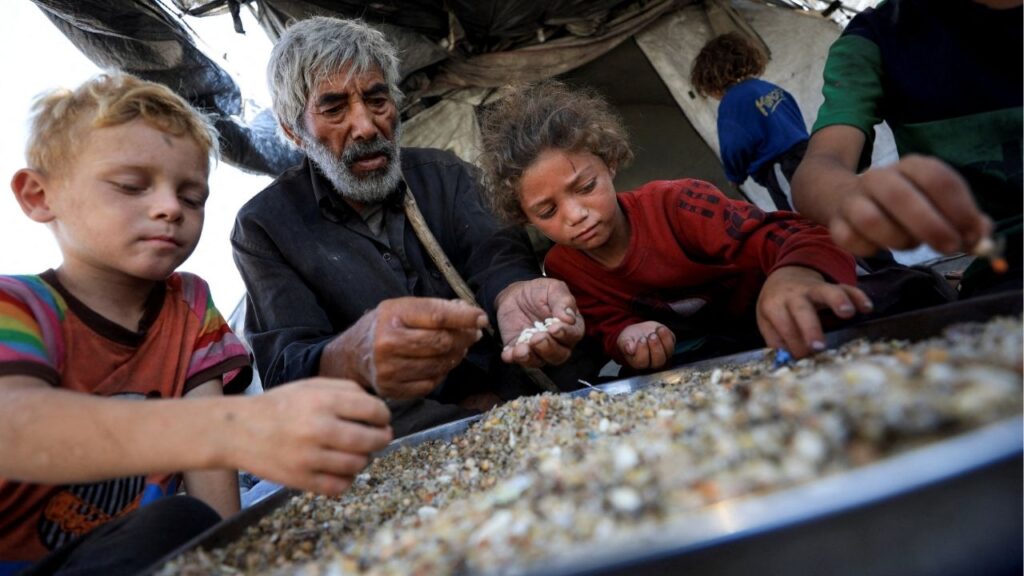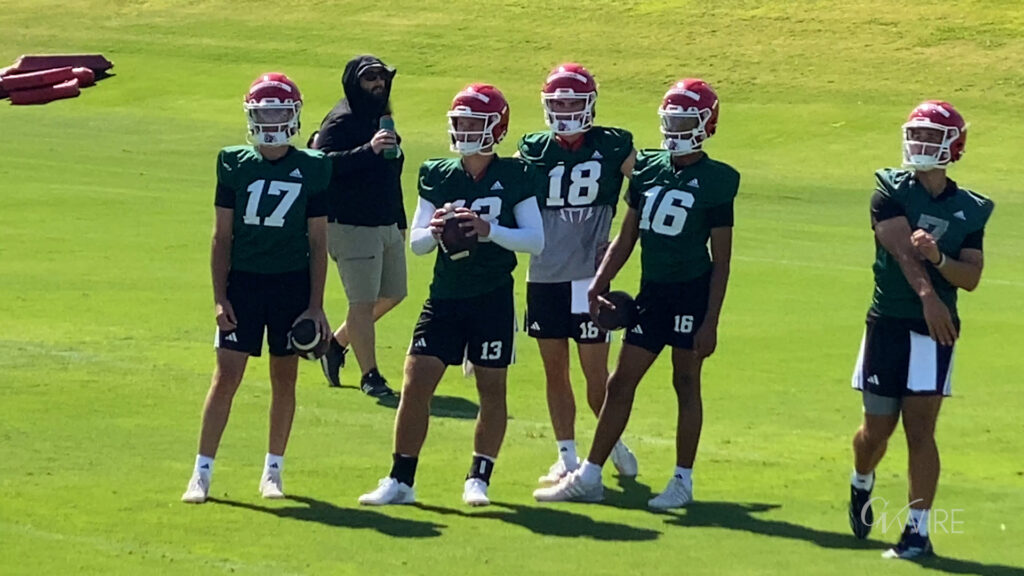How Native Tribes Are Taking the Lead on Planning for Climate Change
Share
[aggregation-styles]
Yale Environment 360
On a hot summer’s day, marine ecologist Courtney Greiner walks the shore of a rocky Washington beach at low tide with a handful of staff and interns. They stake out the ground and hunch down, digging up the top two inches of mud, silt, and gravel looking for baby clams.
For thousands of years, the indigenous peoples of the West Coast would build rock walls at the low tide line, allowing sand to pile up behind them, making the slope of the beach gentler, and expanding the area of the intertidal zone that clams like to call home. These simple clam gardens are effective at boosting shellfish numbers, and have long been used to improve food security for traditional peoples.
Now the Swinomish are reviving the old idea to build the first modern clam garden in the United States. Greiner, who works for the Swinomish tribe, is collecting the data that will help the tribe determine the garden’s best location. The project aims to boost clam numbers, providing both a sense of purpose for the community and additional food as other resources, like salmon, decline.
Read More →
Yale Environment 360
On a hot summer’s day, marine ecologist Courtney Greiner walks the shore of a rocky Washington beach at low tide with a handful of staff and interns. They stake out the ground and hunch down, digging up the top two inches of mud, silt, and gravel looking for baby clams.
For thousands of years, the indigenous peoples of the West Coast would build rock walls at the low tide line, allowing sand to pile up behind them, making the slope of the beach gentler, and expanding the area of the intertidal zone that clams like to call home. These simple clam gardens are effective at boosting shellfish numbers, and have long been used to improve food security for traditional peoples.
Now the Swinomish are reviving the old idea to build the first modern clam garden in the United States. Greiner, who works for the Swinomish tribe, is collecting the data that will help the tribe determine the garden’s best location. The project aims to boost clam numbers, providing both a sense of purpose for the community and additional food as other resources, like salmon, decline.
Read More →
By Nicola Jones | 11 Feb 2020
RELATED TOPICS:
Visalia Suspect in Fatal Assault and Serial Sexual Battery Cases Arrested in Alaska
Local /
12 hours ago
Canada Says It Intends to Recognize a Palestinian State in September
World /
13 hours ago
Costa Blasts GOP Over Medi-Cal Cuts. His 2026 Opponent Defends Them
Politics /
13 hours ago
Trump Says US and Pakistan Have Concluded a Trade Deal
World /
13 hours ago
Trump Imposes Scaled-Back Copper Tariff, US Prices Plunge
U.S. /
14 hours ago
Neptune to Launch a Creator-First, Customizable Algorithm Social Platform to Rival TikTok
U.S. /
14 hours ago
Jet Crashes in Fresno County Field, Pilot Aided by EMS
Emergency crews responded Wednesday evening after a jet crashed into a field in Fresno County, authorities said.
The crash was reported arou...
Local /
7 hours ago
Categories
Latest
Videos

Local /
7 hours ago
Jet Crashes in Fresno County Field, Pilot Aided by EMS

Crime /
10 hours ago
Madera Man Sentenced to 34 Years to Life in Fresno Murder Case

Food /
11 hours ago
High Noon Recalls Mislabeled Vodka Seltzers Shipped in Celsius Cans, NBC Reports

Local /
12 hours ago
Visalia Suspect in Fatal Assault and Serial Sexual Battery Cases Arrested in Alaska

World /
13 hours ago











